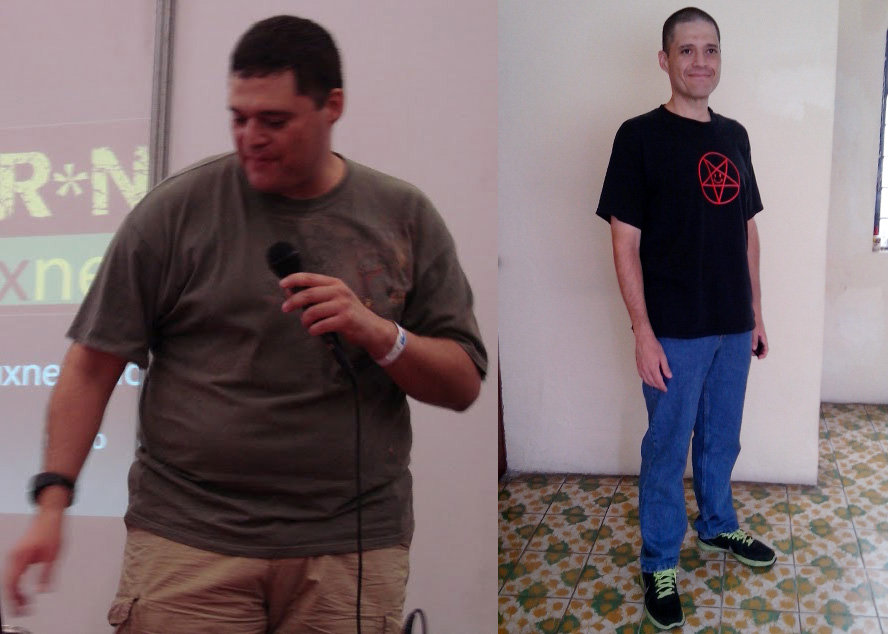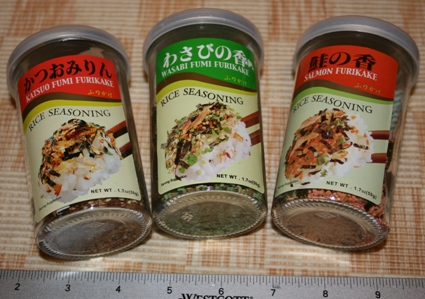Nassim Taleb said this or something close to it on the first day of the Ancestral Health Symposium in Atlanta, which was yesterday. Danielle Fong told me something similar last week: We should use all of our metabolic pathways. Of course it is hard to know what metabolic pathways you are using. In contrast, Taleb’s point — not original with him, but a new way (at least to me) of summarizing research — is easily applied.
What I know overwhelmingly supports Taleb’s point. 1. When I did the Shangri-La Diet the first time, I was stunned how little hunger I felt. This wasn’t bad — presumably my set point had been too high, lack of hunger reflected the dropping set point, it was good to know how to lower the set point — but it was dreary, not feeling hunger. It was as if life had gone from color to black and white. Something was missing. 2. Data supporting the health benefits of intermittent fasting, which produces more hunger than the control condition. 3. The experience of my friend who had great benefits from alternate-day fasting. He told me he had never felt hunger before, at least of that magnitude. A great increase in hunger, in other words, happened at exactly the same time as a great improvement in health.
Obviously Taleb is talking about hunger caused by lack of food, rather than hunger caused by learned association (if you eat at noon every day you will become hungry at noon, if you eat every time you enter Store X, you will be come hungry when you enter Store X, the existence of this effect is why they are called appetizers). The Shangri-La Diet reduces your set point but only if your set point controls when/how much you eat is this going to make a difference. So to lose weight you need to do two things: 1. Lower your set point. 2. Lower your weight to your set point. While SLD certainly does #1, it does not do #2. You can make sure your weight is near your set point if you feel strong hunger if you don’t eat for a while.
Taleb’s comment suggests focussing on the outcome of fasting, rather than on its duration or frequency. Instead of fasting every other day (or whatever), fast until you feel strong hunger. How often you need to do this, how strong the hunger should be, are questions to answer via trial and error.

